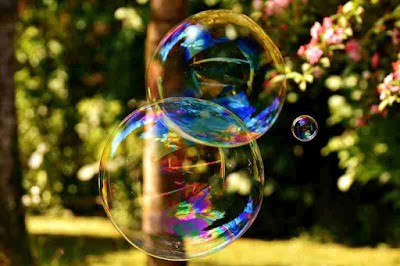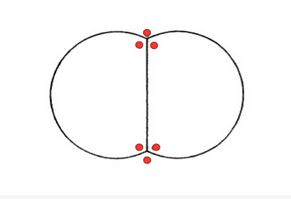There are two workshops happening that will be of great interest to you, on Wednesday March 6 at York University in Toronto. As York University Faculty of Science announced today on Twitter:
Communicating research findings to the media and wider public in a way that is accurate and captures their interest can prove tricky. How do you stay in control of the story and where does real and imagined fake news fit in?
Two free events open to the wider community on Wednesday, March 6 will explore those issues further with experienced journalists, communicators and a scientist – “Issues and Challenges in Science Communications” and “Communicating Science in the Age of Fake News.”
You can read all about these two public events by clicking the link here, at York University's website. Admission to either event is free, but seating is limited, so contact them to make sure there will be room for you to attend.
These workshops are not only for university people, but for students learning about science communication, and for people in the wider community. “Issues and Challenges in Science Communications” takes place from noon til 2pm, and “Communicating Science in the Age of Fake News” will follow that evening from 6 to 8pm. Either or both of these discussions among experts might be of great interest for students and their parents. If you're a youth interested in sciences or journalism, or the parent of one, these workshops might be just what you need.
And for those people not in the Toronto area, contact your nearest university or community college to see what is happening where you live. If there are no public science events planned in your area at present, that's your opportunity to ask for one. Talk about what you and your friends need, whether it might be Science Summer Camp, citizen science water sampling, or info sessions for high school vocational options. You'll be amazed what can be arranged in your own district. Even a high school, library, or recreation centre can help you. Some speakers will visit isolated communities in person, while others will visit by Skype and internet chat forums.
Science is not something that happens only in universities -- and even when it does, that kind of science is STILL meant to benefit all of us.






